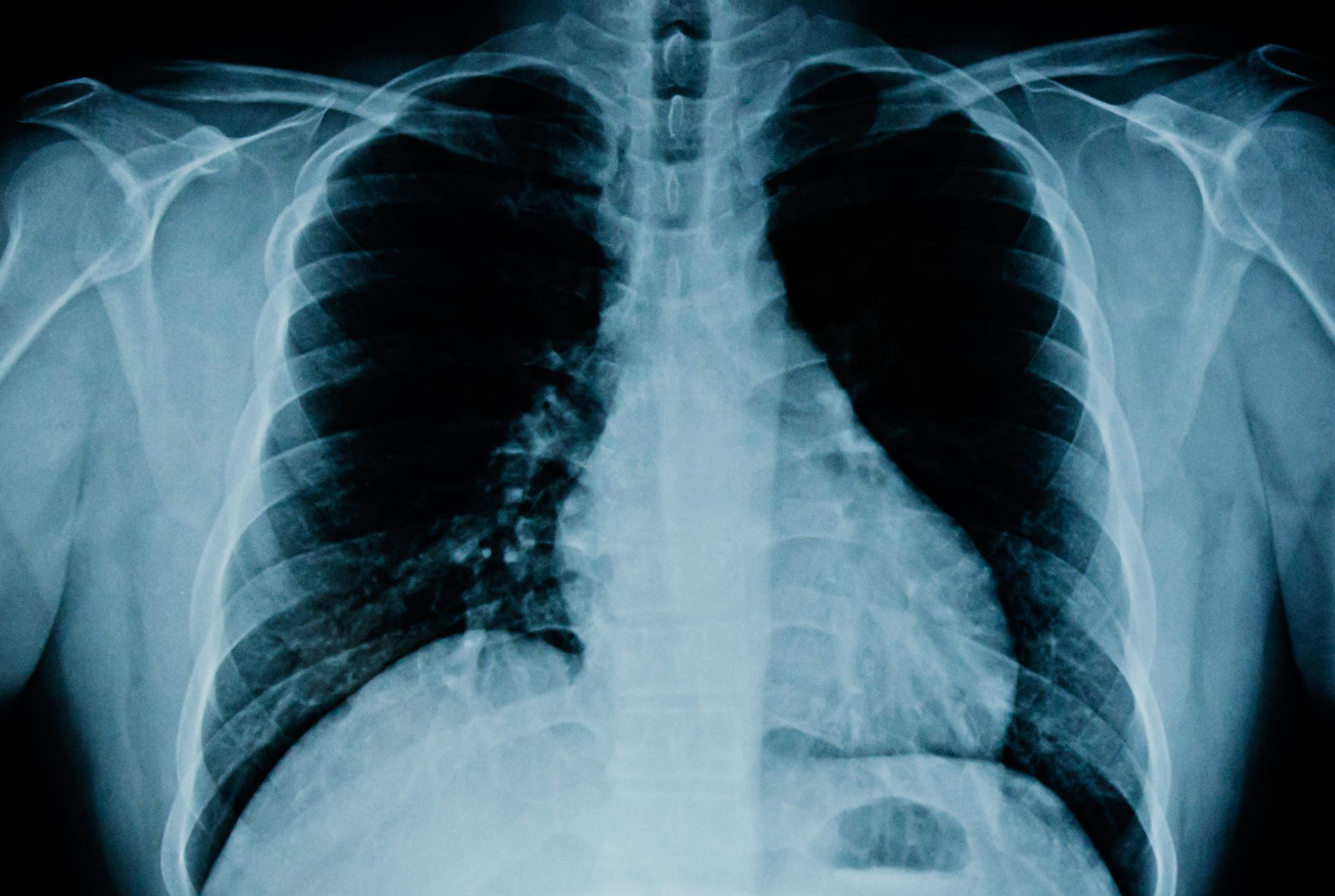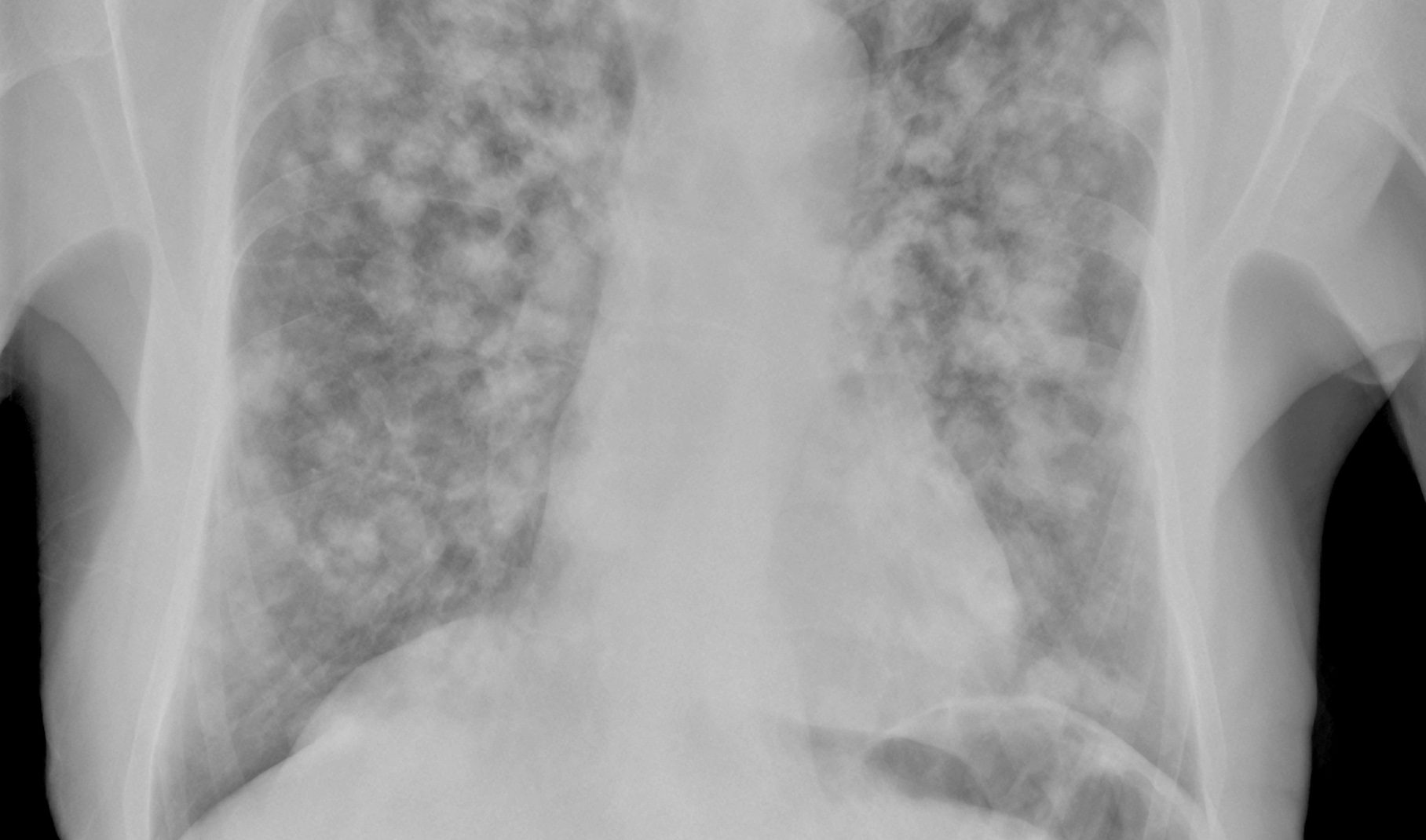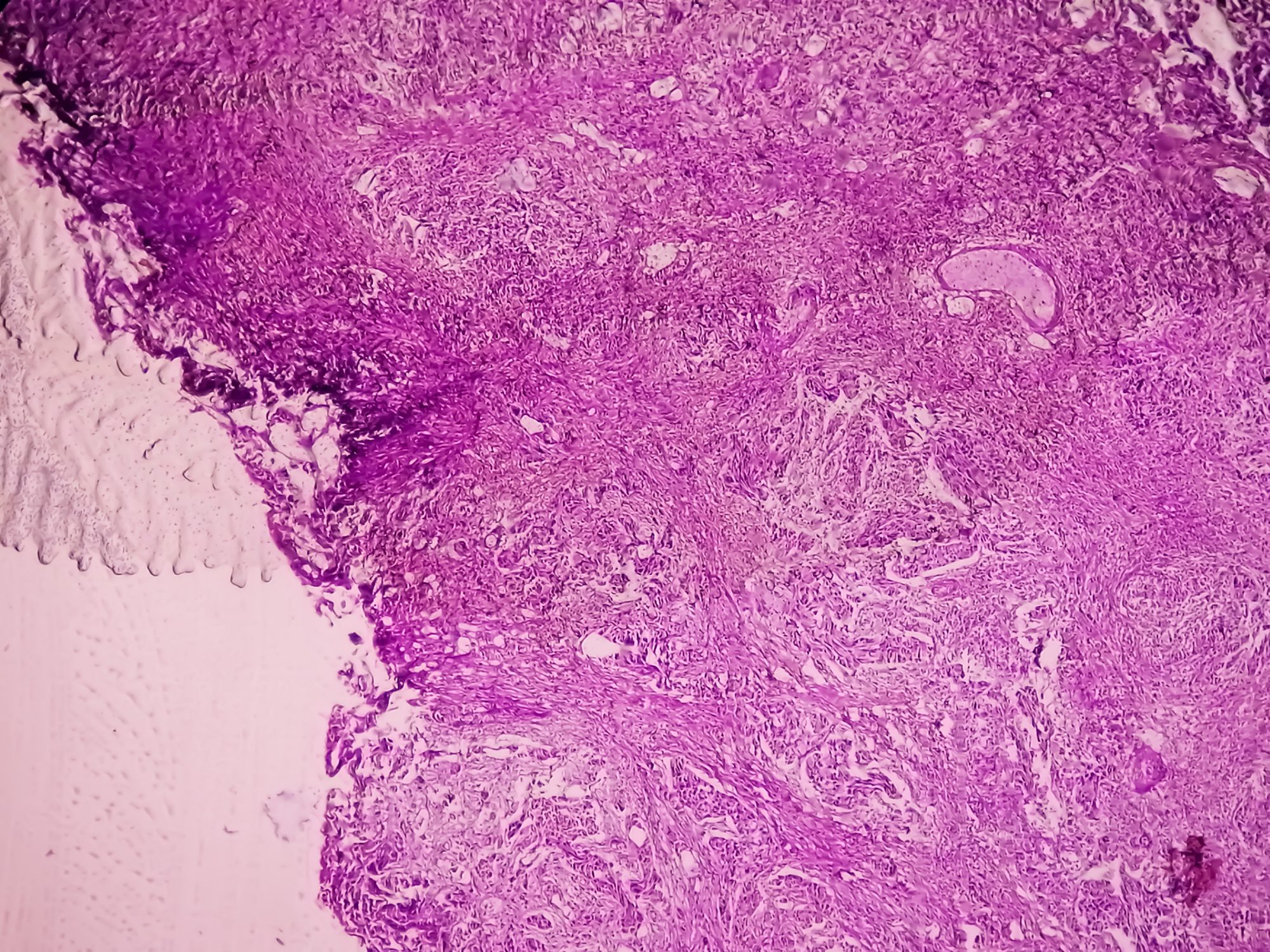Dizziness is one of the most common symptoms seen in family practice. Anamnesis, examination findings as well as “red flags” help in the often difficult search for causes.
Dizziness is the third most common reason for visiting primary care physicians [1,2]. Rarely can sufferers answer questions about the type of vertigo, such as: “Is the dizziness like after a carousel ride (spinning dizziness) or like being on a boat (staggering dizziness)? Do your eyes go black when you stand up (orthostatic vertigo)?” Therefore, a paradigm shift regarding history and examination has been proposed [3]. The above questions are replaced by anamnestic information and examinations, the combination of which should provide information about the etiology. Detailed questioning regarding onset, duration (seconds/minutes/hours/>24h/continuous dizziness), accompanying symptoms and triggers usually facilitates assignment. However, the anamnestic information is often insufficient. Thus, in the past, rotary vertigo was often associated with peripheral-vestibular dysfunction. However, spinning vertigo and horizontal nystagmus may also be due to ischemic causes [4]. We recommend the following steps.
Medical history and first clinical impression
- Is the patient oriented and at first impression without speech dyspnea, without evidence of circulatory weakness, without alteration of consciousness? “Red flags” are indications of insufficient circulation, insufficient respiration, hypoglycemia, or intoxication.
- Did the patient have an accident, a “thunderclap” headache, pain between the shoulder blades, or syncope? Are there also vascular risk factors, e.g., diabetes mellitus, arterial hypertension, hypercholesterolemia, positive family history, nicotine use? “Red flags” include evidence of intracranial hemorrhage with intracranial pressure elevation or ischemic insult, subarachnoid hemorrhage, and aortic aneurysm with dissection of the vertebral artery.
- Are migraines known? Dizziness and visual disturbances may exist in the context of vestibular migraine. However, double vision and visual field defects indicate a central genesis (“red flags”).
- Medication history: has medication been changed recently? Medications associated with dizziness include aminoglycoside antibiotics (gentamycin), loop diuretics, opiates, antiepileptics, immunosuppressants, antidepressants, neuroleptics and HIV medications, antiarrhythmics, benzodiazepines, antihypertensives, antifungals, anti-malarial medications, anti-Parkinson medications, lithium, and erectile dysfunction medications [5,6]. “Red flags” include continued use of aminoglycoside antibiotics despite the onset of hearing loss and dizziness. A chronic course is to be expected here. Likewise, drug interactions, especially with antiarrhythmic drugs, as well as lithium intoxication can have dangerous effects for the patient.
- Is there any history of ear involvement? Examples include upper respiratory tract infections, hearing loss, tinnitus, ear pain, or existing combinations of these symptoms (e.g., the triad of dizziness, hearing loss, and tinnitus suggests Meniere’s disease). “Red flags” are fever or reddened and painful mastoid. Severe cephalgia, meningismus, and confusional states suggest an infectious central cause (e.g., meningitis, encephalitis) and would also be possible with hemorrhage, e.g., subarachnoid hemorrhage.
- If the dizziness can be triggered, e.g. by head movements, head- resp. Body positions, during stress or hyperventilation, during arm movements? How long does the dizziness last (seconds, minutes, days, months)? Does it occur recurrently? Vertigo that occurs immediately after head movements and decreases approximately 30 seconds after assuming the new head position is indicative of benign paroxysmal positional vertigo. “Red flags” are accompanying neurological symptoms during the episode of vertigo, such as visual disturbances, unilateral paresis, unilateral sensory disturbances, dysarthria, or aphasia. They indicate inferior perfusion of brain areas and may precede a cerebrovascular insult.
- Are there any anamnestic or clinical indications of anemia, e.g. tarry stools, pale skin color? A “red flag” is a previously undetected source of bleeding.
Status and further diagnostics
In addition to obtaining vital signs and performing an ECG with a question about cardiac arrhythmias or repolarization disorders, a clinical examination is required. In acute vertigo with permanent vertigo, nausea, vomiting, gait unsteadiness and movement intolerance (so-called acute vestibular syndrome), the ABCDE scheme is recommended first:
- Airway: Airway clear?
- Breathing: Lungs ventilated on both sides? Vesicular breathing?
- Circulation: bilateral palpable pulses? Blood pressure measurement on both sides
- Disabilityin neurostatus incl. Anisocoria, meningismus
- Environment: external anamnestic evidence for a trauma that has taken place.
In point D, evidence of stroke should be sought. This can be done by using the Cincinnati Prehospital Stroke Scale [7]. In it, the presence of facial asymmetry, drooping of one arm in the arm-holding test, and dysarthria resp. Aphasia tested. If at least one of three symptoms is present, the probability of stroke is 72% [7]. This would require rapid treatment at a specialized center.
The most potent clinical test to detect vestibular stroke at the bedside is the head impulse test. In doing so, the examiner turns the head of the affected person to one side as quickly as possible (impulsively). The patient must focus on the examiner’s eyes or nose during this examination maneuver. A normal head impulse test without a visible setting saccade (in the patient with acute vertigo and nystagmus) indicates a central cause (sensitivity 85%). A vertical gaze deviation (“skew deviation”) in the alternating cover test is also suggestive of a central etiology. Furthermore, Horner’s syndrome as well as vertical, torsional or horizontal alternating nystagmus, double vision, visual field defects or cerebellar signs (stance and gait ataxia) are indicative of central dysfunction. The examination consisting of head impulse test, nystagmus test and alternating cover test is summarized in the literature under the acronym HINTS [8,9].
Further clinical examination includes determination of volume status (dry tongue, standing skin folds), as hypovolemia may be associated with dizziness. A heart murmur on auscultation may indicate aortic valve stenosis, and a pathologic Schellong test may indicate orthostatic vertigo.
In episodic vertigo with triggering when the head position is changed, the Dix-Hallpike maneuver should be performed: This involves rapidly moving the patient’s head from an upright position facing right or left to the horizontal position. After a latency of about 30 seconds, peripheral-vestibular dysfunction should show nystagmus. When looking for nystagmus, Frenzel glasses facilitate diagnosis because they make it impossible to focus on objects and therefore prevent sufferers from suppressing nystagmus by focusing. Furthermore, an orienting otologic examination is necessary (reddened ear canal, reddened eardrum or reddened overheated painful mastoid). Mastoiditis requires treatment by ENT specialists.
Table 1 consists of a review that may provide evidence of central or peripheral vestibular etiology.
Laboratory analyses
If appropriate in terms of time frame, a GP laboratory analysis may indicate possible causes such as hyponatremia, hypoglycemia, and anemia [5]. Since primary care providers are well informed about laboratory analysis, it will not be discussed further.
Therapy
If, based on primary care experience and the aforementioned “red flags,” a central etiology is suspected, admission to a hospital with appropriate treatment options should be made quickly. If a stroke is suspected within the lysis window defined by the target hospital (e.g., 4.5 hours), a stroke alert should be issued with appropriate notification to paramedics and the target hospital. Referral to an appropriate center should also be made for other causes that require specialists (e.g., dizziness in the setting of new-onset cardiac arrhythmias that cannot be treated by a primary care physician). In the case of peripheral vestibular dysfunction (e.g., benign paroxysmal positional vertigo), patient positioning may be performed by primary care providers. It should be noted that the symptoms often do not completely disappear immediately as a result of positioning, and those affected can learn positioning maneuvers on their own. A maneuver that is practical for primary care providers and easy for victims to learn is the Brandt-Daroff extrication maneuver [10]. Online there are exercises presented by sufferers. For example, a simple explanation can be found incl. Video of a concerned person about the Brandt-Daroff rescue maneuver on Youtube.
Outlook
There have been many advances in the clinical diagnosis of vertigo in recent years. Clinical decision rules such as HINTS have been tested for specialists. They allow high sensitivity and specificity in vertigo diagnosis regarding central or peripheral-vestibular etiology [8,9]. The prerequisite is that the affected person has nystagmus. The studies have yet to be validated with primary care providers. It is conceivable that, after appropriate training, they will use it with similar success as specialists in neurology and ENT.
The authors are currently preparing the topic for two reviews on the diagnosis and treatment of dizziness for the journal Swiss Medical Weekly (“Dizziness in the emergency department: An update on diagnostics” and “Treatment of dizziness: An interdisciplinary update”). The exact publication date has not yet been set.
Take-home-messages
- Dizziness is one of the most common symptoms seen in family practice.
- History and clinical examination often provide clues to etiology (peripheral-vestibular, central, orthostatic).
- Peripheral-vestibular functional deficits can sometimes be successfully treated with positioning in the primary care office. The positioning can be learned by the patients.
- In the case of “red flags”, emergency admission to a hospital with the necessary repertoire of diagnostics and therapy must be made.
Literature:
- Kroenke K, Mangelsdorff AD: Common symptoms in ambulatory care: incidence, evaluation, therapy, and outcome. Am J Med 1989; 86(3): 262-266.
- Tarnutzer AA, et al: Does my dizzy patient have a stroke? A systematic review of bedside diagnosis in acute vestibular syndrome. CMAJ 2011; 183(9): E571-592.
- Edlow JA: Diagnosing dizziness: we are teaching the wrong paradigm! Acad Emerg Med 2013; 20(10): 1064-1066.
- Lee H, et al: Nodulus infarction mimicking acute peripheral vestibulopathy. Neurology 2003; 60(10): 1700-1702.
- Rosin C, Bingisser R: Vertigo from an emergency perspective. Ther Umsch 2013; 70(1): 27-29.
- Chimirri S, et al: Vertigo/dizziness as a drugs’ adverse reaction. J Pharmacol Pharmacother 2013; 4(Suppl 1): S104-109.
- Kothari RU, et al: Cincinnati Prehospital Stroke Scale: reproducibility and validity. Ann Emerg Med 1999; 33(4): 373-378.
- Kattah JC, et al: HINTS to diagnose stroke in the acute vestibular syndrome: three-step bedside oculomotor examination more sensitive than early MRI diffusion-weighted imaging. Stroke 2009; 40(11): 3504-3510.
- Mantokoudis G, et al: VOR gain by head impulse video-oculography differentiates acute vestibular neuritis from stroke. Otol Neurotol 2015; 36(3): 457-465.
- Brandt T, Daroff RB: Physical therapy for benign paroxysmal positional vertigo. Arch Otolaryngol 1980; 106(8): 484-485.
HAUSARZT PRAXIS 2017; 12(4): 39-43












